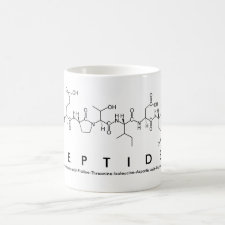
Authors: Tang YW, Li M, Gao X, Liu XY, Gao JW, Ma T, Li JR
Article Title: A NIR-responsive up-conversion nanoparticle probe of the NaYF4:Er,Yb type and coated with a molecularly imprinted polymer for fluorometric determination of enrofloxacin.
Publication date: 2017
Journal: Microchimica Acta
Volume: 184
Issue: (9)
Page numbers: 3469-3475.
DOI: 10.1007/s00604-017-2387-9
Abstract: The paper describes the preparation of a fluorescent probe based on the use of up-conversion particles (UCPs) of the type NaYF4: Er, Yb and shelled with a molecularly imprinted polymer (MIP) that is specific for the antibiotic enrofloxacin. The upconverted green luminescence emitted by the UCPs upon photoexcitation at 980 nm was used to locally generate a thin MIP shell around the UCPs via photopolymerization. Enrofloxacin is used as the template, and ethylene glycol dimethacrylate (EGDMA) as the cross-linking agent. It is found that enrofloxacin is well captured by the MIP and then quenches the fluorescence of the UCPs. Fluorescence decreases linearly in the 63 ng L-1 to 60 μg L-1 enrofloxacin concentration range, with a 8 ng L-1 limit of detection. The method was applied to the determination of enrofloxacin in spiked fish samples. Recoveries ranged from 83.7 to 87.7%, with relative standard deviations between 2.0 and 5.5% (for n = 3)
Template and target information: enrofloxacin
Author keywords: fluoroquinolone, photopolymerization, Biomaterials, Core-shell structure, sensor, adsorption, analysis, Spectrum, Quenching, Fish



Join the Society for Molecular Imprinting

New items RSS feed
Sign-up for e-mail updates:
Choose between receiving an occasional newsletter or more frequent e-mail alerts.
Click here to go to the sign-up page.
Is your name elemental or peptidic? Enter your name and find out by clicking either of the buttons below!
Other products you may like:
 MIPdatabase
MIPdatabase









